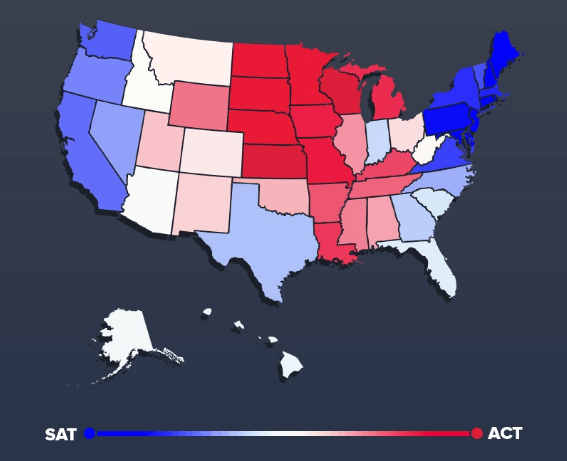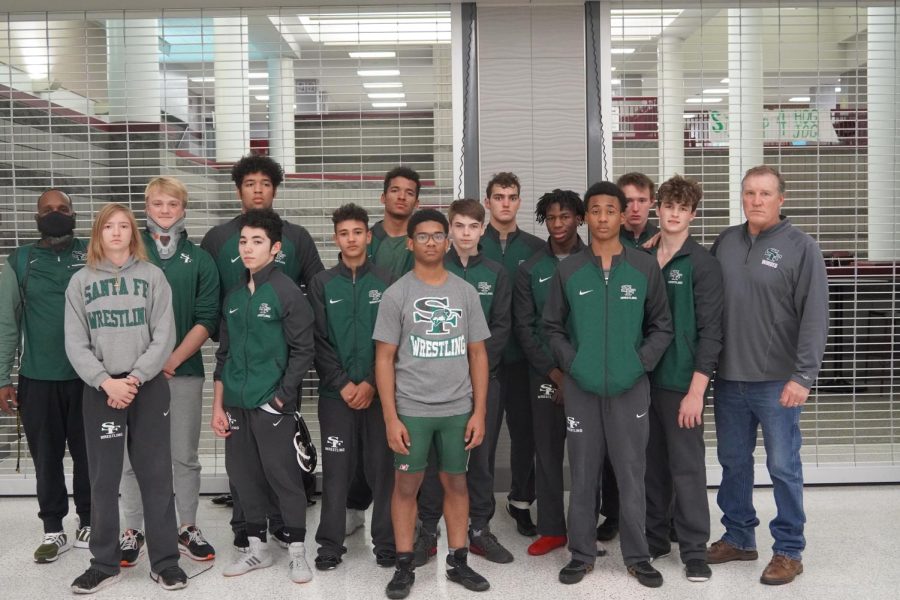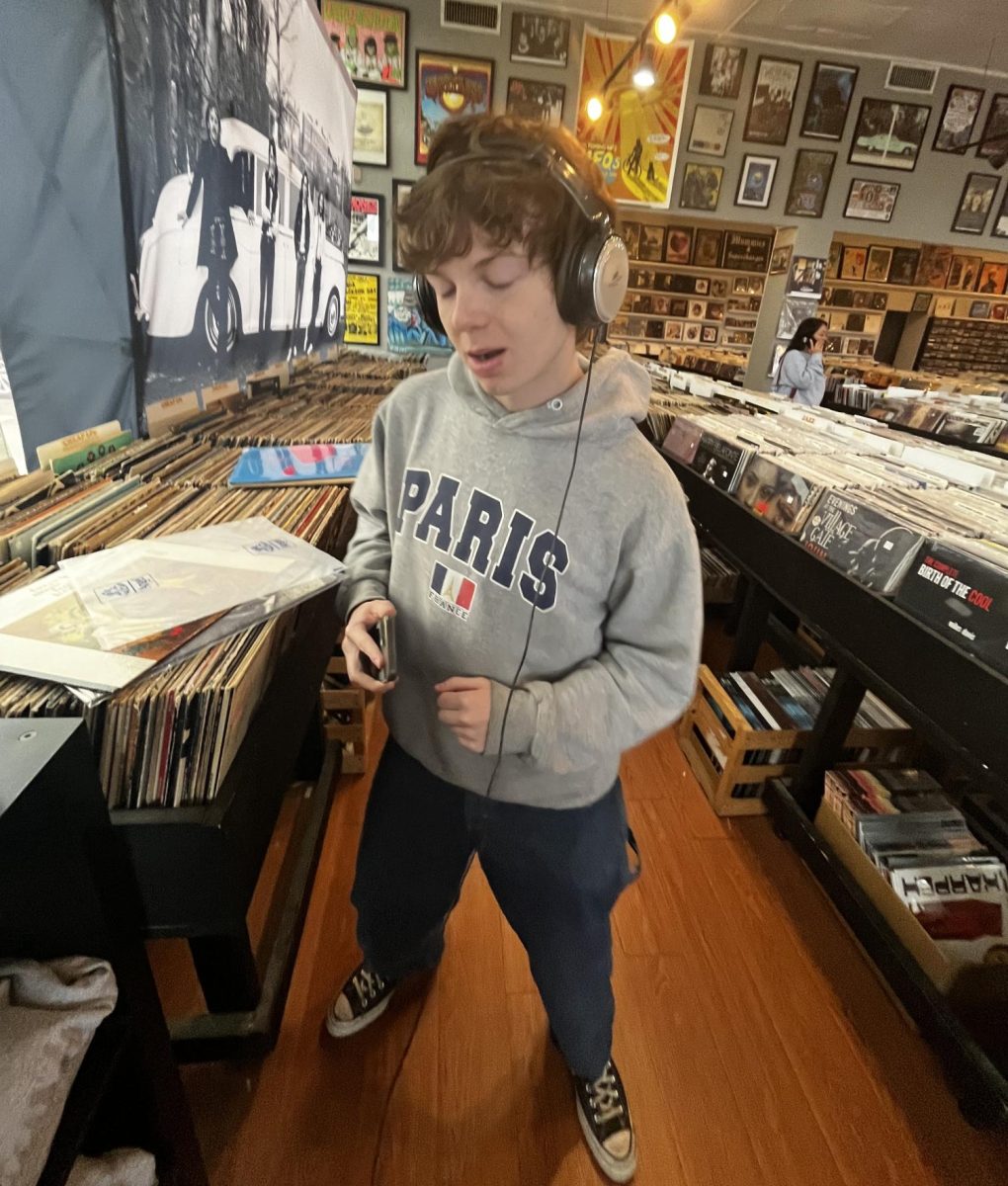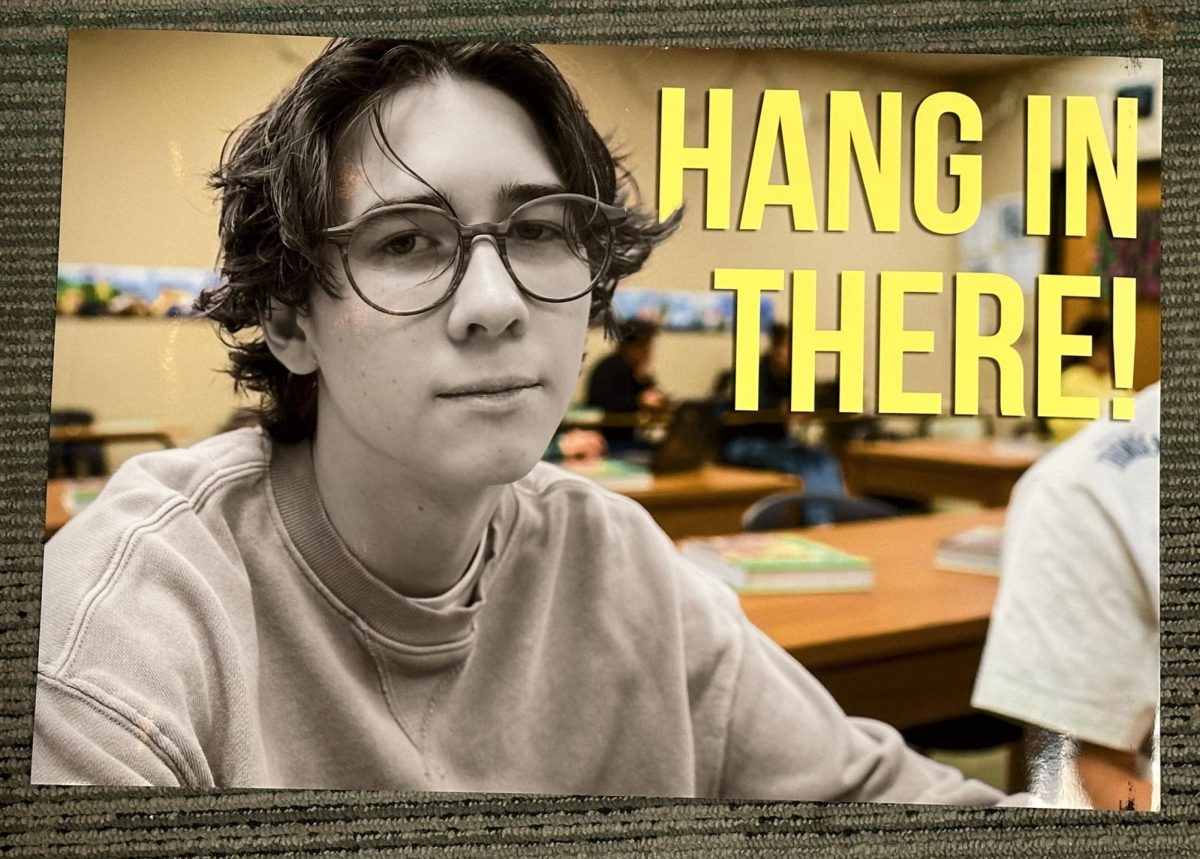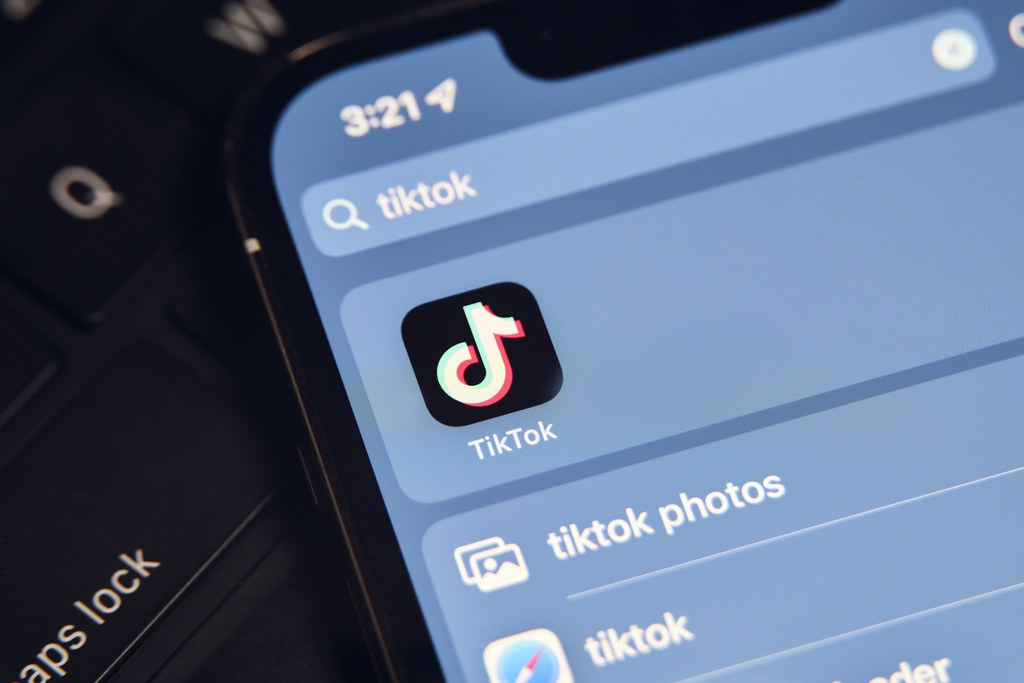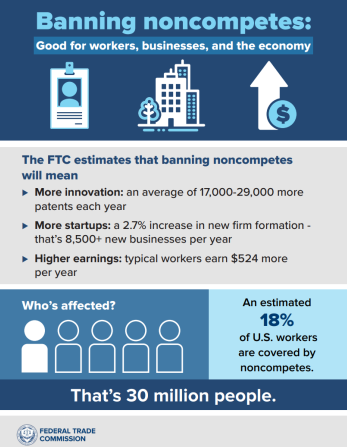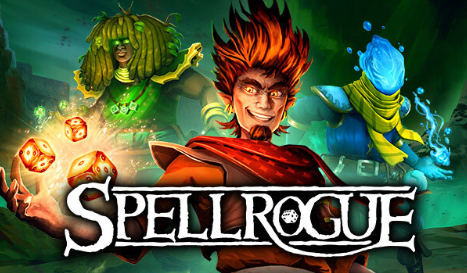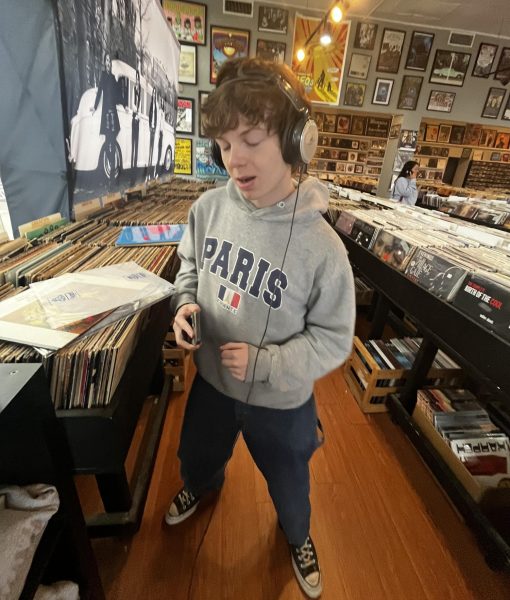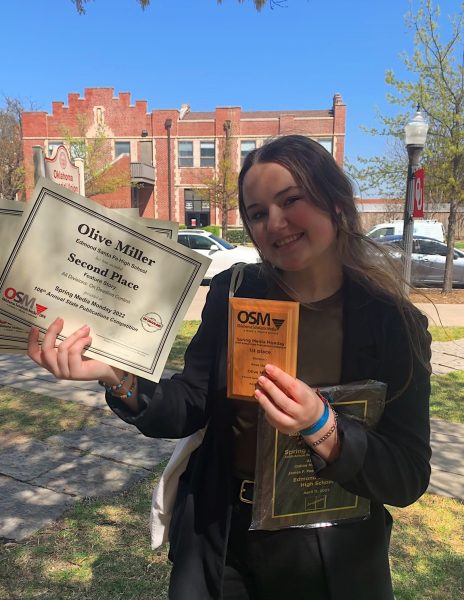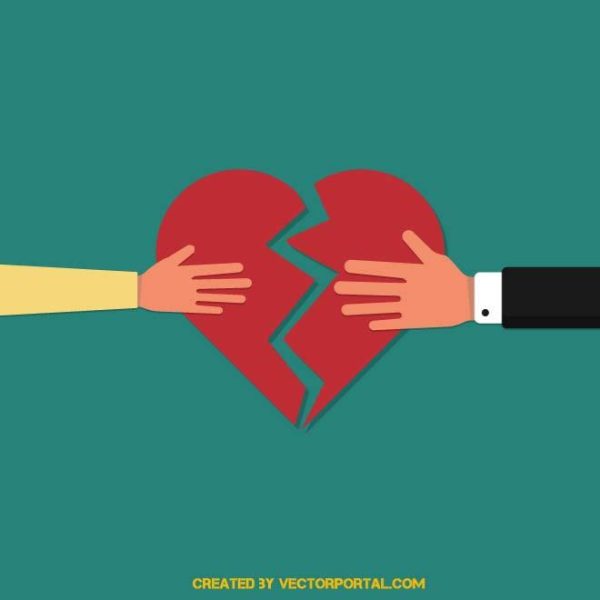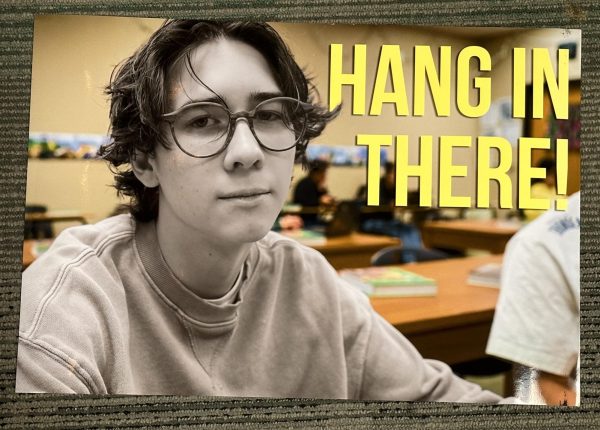How taboos about mental health are destroying our generation
September 30, 2022
Since the middle ages, our society has generally accepted and enforced the belief that discussing mental health is an unacceptable thing. Mental illnesses were even commonly associated with demonic possession at one point, according to the National Library of Medicine. Fortunately, a movement is beginning to surface that stresses destigmatizing mental health.
There have been several major influential pieces from The Trevor Project and Mental Health America in the dawn of mental health’s new era. Social media has made it easier than ever to reach out and find the help you need and gain knowledge about mental health-related topics. However, while society has continued to pursue research and knowledge of mental health, there has still been heavy pushback from previous generations regarding treatment and mental health in general.
Oftentimes, older generations disregard mental health, according to research by Letstalkstigma.org, a website which works to end the stigma surrounding mental health. This mindset is extremely seclusionary and can prevent future generations from learning how to correctly reach out for help or learn about helpful resources. This is ultimately pushed onto future generations, and the cycle continues.
By teaching younger generations that talking about mental health only increases mental health problems, we are providing our future generations a step-by-step guide to isolation, and causing even more mental health problems to develop in the future.
The cycle, however, is beginning to break.
“Congress passed the ‘Community Mental Health Centers Act’ (CMHC) (1963) authorizing construction grants for community mental health centers,” Mental Health America released in a statement. “Mental Health America played a key role in having this legislation enacted and signed by President Kennedy.”
Following the CMHC Act, mental health slowly began to enter the health field conversation. Eventually, in 1966, mandated mental health services were introduced into Medicare. This is what ultimately led to mental health becoming recognized as a genuine medical topic for those aged 65 and older.
With widespread movements becoming more common and mental health resources such as SAMHSA and The National Suicide Prevention Lifeline more accessible, individuals are finally starting to get the help they need. Many workplaces are beginning to implement mental health days and teach employees how to reach out if they need help, and schools have even begun to educate teachers on how to provide resources to their students, and how to respond to at-risk students.
From semicolons to support groups, we have collectively made significant strives to improve the overall mental health of our society.




